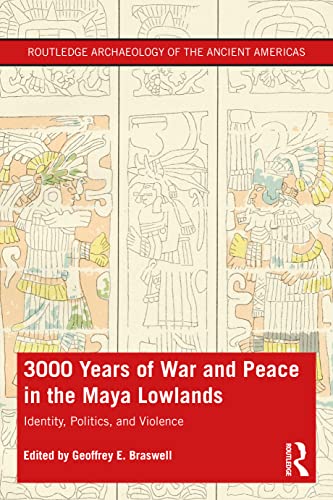

Most ebook files are in PDF format, so you can easily read them using various software such as Foxit Reader or directly on the Google Chrome browser.
Some ebook files are released by publishers in other formats such as .awz, .mobi, .epub, .fb2, etc. You may need to install specific software to read these formats on mobile/PC, such as Calibre.
Please read the tutorial at this link: https://ebookbell.com/faq
We offer FREE conversion to the popular formats you request; however, this may take some time. Therefore, right after payment, please email us, and we will try to provide the service as quickly as possible.
For some exceptional file formats or broken links (if any), please refrain from opening any disputes. Instead, email us first, and we will try to assist within a maximum of 6 hours.
EbookBell Team

5.0
50 reviews3,000 Years of War and Peace in the Maya Lowlands presents the cutting-edge research of 25 authors in the fields of archaeology, biological anthropology, art history, ethnohistory, and epigraphy. Together, they explore issues central to ancient Maya identity, political history, and warfare.
The Maya lowlands of Guatemala, Belize, and southeast Mexico have witnessed human occupation for at least 11,000 years, and settled life reliant on agriculture began some 3,100 years ago. From the earliest times, Maya communities expressed their shifting identities through pottery, architecture, stone tools, and other items of material culture. Although it is tempting to think of the Maya as a single unified culture, they were anything but homogeneous, and differences in identity could be expressed through violence. 3,000 Years of War and Peace in the Maya Lowlands explores the formation of identity, its relationship to politics, and its manifestation in warfare from the earliest pottery-making villages through the late colonial period by studying the material remains and written texts of the Maya.
This volume is an invaluable reference for students and scholars of the ancient Maya, including archaeologists, art historians, and anthropologists.